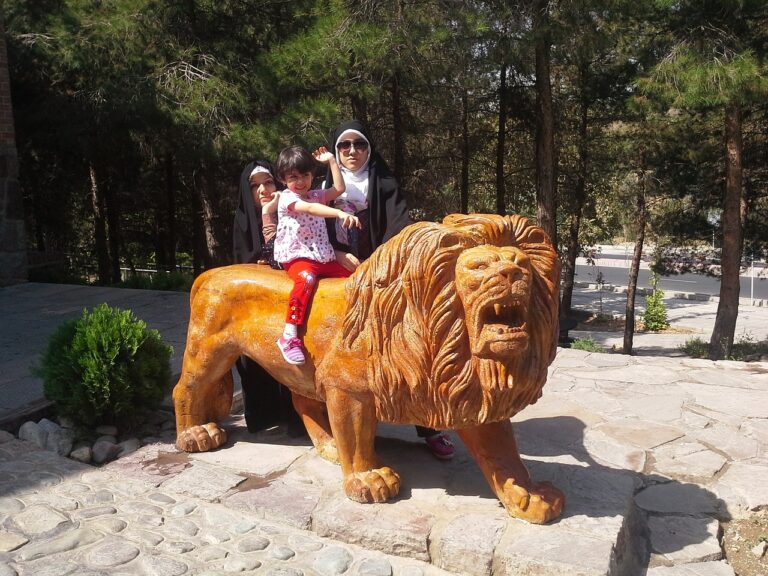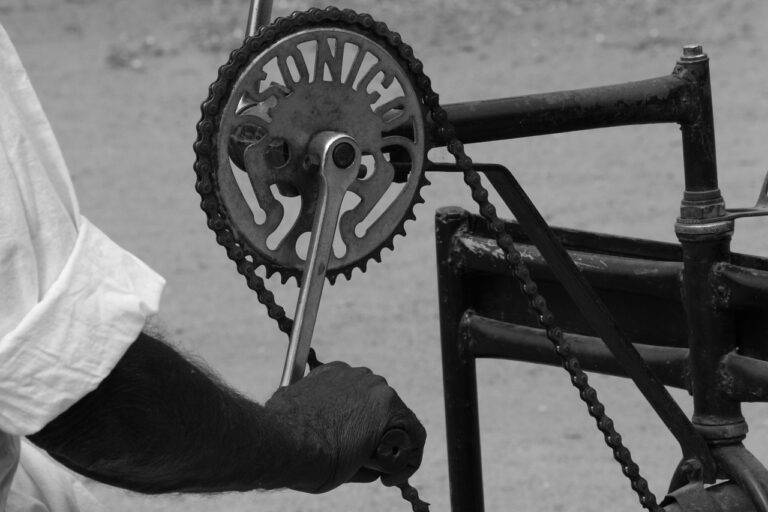The Influence of Art Movements on Lifestyle and Design Trends
Art Nouveau, a decorative style that emerged in the late 19th century, brought a fresh and innovative approach to interior design. Characterized by its intricate patterns, organic shapes, and emphasis on natural motifs, Art Nouveau aimed to break away from the rigid and conventional designs of the past. The movement’s use of flowing lines and asymmetrical forms created a sense of movement and dynamism within interior spaces, transforming them into vibrant works of art.
One of the key features of Art Nouveau in interior design was the integration of different art forms, such as painting, sculpture, and architecture, to create a harmonious and immersive aesthetic experience. Furniture pieces, lighting fixtures, and decorative elements were often custom-made to reflect the organic and whimsical motifs of the style. The use of rich materials like stained glass, wrought iron, and exotic woods further enhanced the luxurious and opulent feel of Art Nouveau interiors, making them a showcase of artistic craftsmanship and innovation.
Cubism: Inspiring Modern Architecture
Cubism, an art movement that emerged in the early 20th century, revolutionized the way artists perceived and depicted the world around them. With its emphasis on geometric shapes, abstract forms, and fragmented imagery, Cubism challenged traditional notions of perspective and representation. This innovative approach to art not only influenced painters and sculptors but also left a lasting impact on the field of architecture.
Architects, inspired by the principles of Cubism, began incorporating elements of the movement into their designs, resulting in a shift towards more angular and dynamic structures. Buildings started to feature unconventional shapes, overlapping planes, and fractured forms, echoing the fragmented imagery characteristic of Cubist artwork. This distinctive architectural style emphasized the interplay of light and shadow, creating visually striking and avant-garde structures that reflected the spirit of the modern age.
Impressionism’s Influence on Fashion Trends
Impressionism, with its emphasis on light, color, and movement, revolutionized the art world in the late 19th century. This artistic movement also had a significant impact on the world of fashion, inspiring designers to create garments that captured the essence of Impressionist paintings. Soft, pastel colors, delicate floral patterns, and flowing silhouettes became popular in women’s clothing, echoing the ethereal quality of Impressionist artworks.
In addition to colors and patterns, the Impressionist focus on texture and brushwork also influenced fashion trends. Designers incorporated elements such as ruffles, soft draping, and intricate lace details into their garments, evoking the tactile quality of Impressionist brushstrokes. Accessories like parasols, ribbons, and delicate jewelry were also influenced by the light and airy aesthetic of Impressionist artwork, creating a romantic and dreamy feel in fashion during this period.
How did Impressionism influence fashion trends?
Impressionism’s use of light, color, and movement inspired designers to incorporate these elements into clothing designs. Soft, flowing fabrics and pastel color palettes became popular in fashion during the Impressionist movement.
Are there any specific designers who were influenced by Impressionism?
Yes, designers such as Claude Monet, Pierre-Auguste Renoir, and Edgar Degas were known to draw inspiration from Impressionist art in their fashion designs.
Did Impressionism have an impact on accessories as well?
Yes, Impressionism’s emphasis on nature and outdoor scenes influenced the use of floral motifs and natural elements in accessories such as scarves, jewelry, and handbags.
How did Impressionism’s influence on fashion trends continue to evolve over time?
The influence of Impressionism can still be seen in modern fashion trends, with designers continuing to draw inspiration from the movement’s use of light, color, and texture in their collections.







